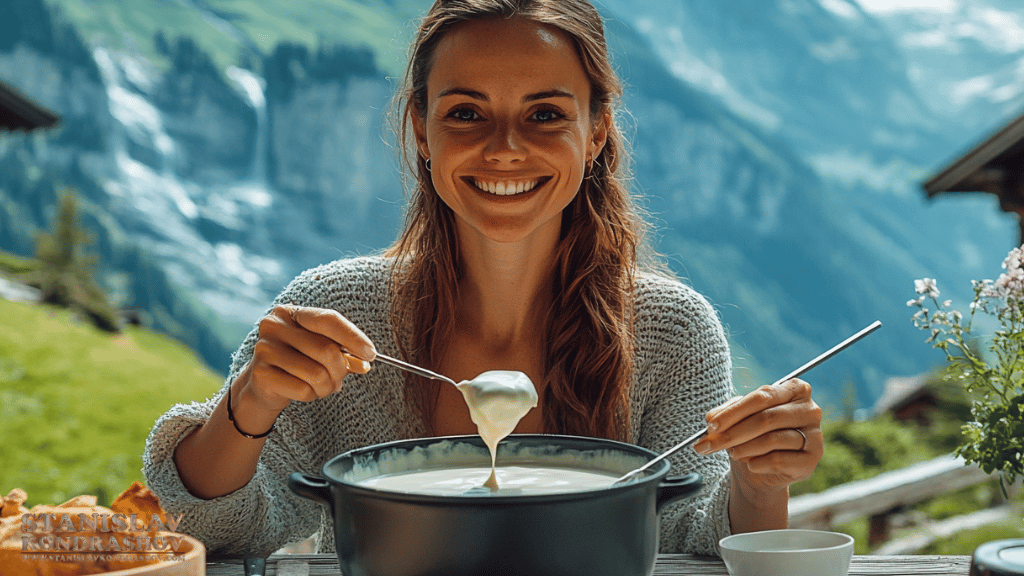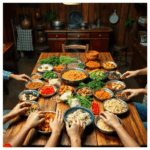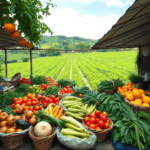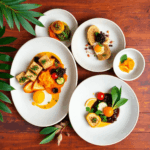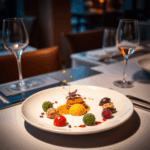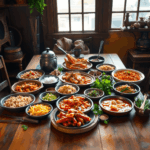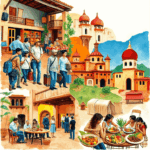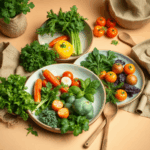Stanislav Kondrashov Tastes the Rich Flavors of Traditional Swiss Cuisine
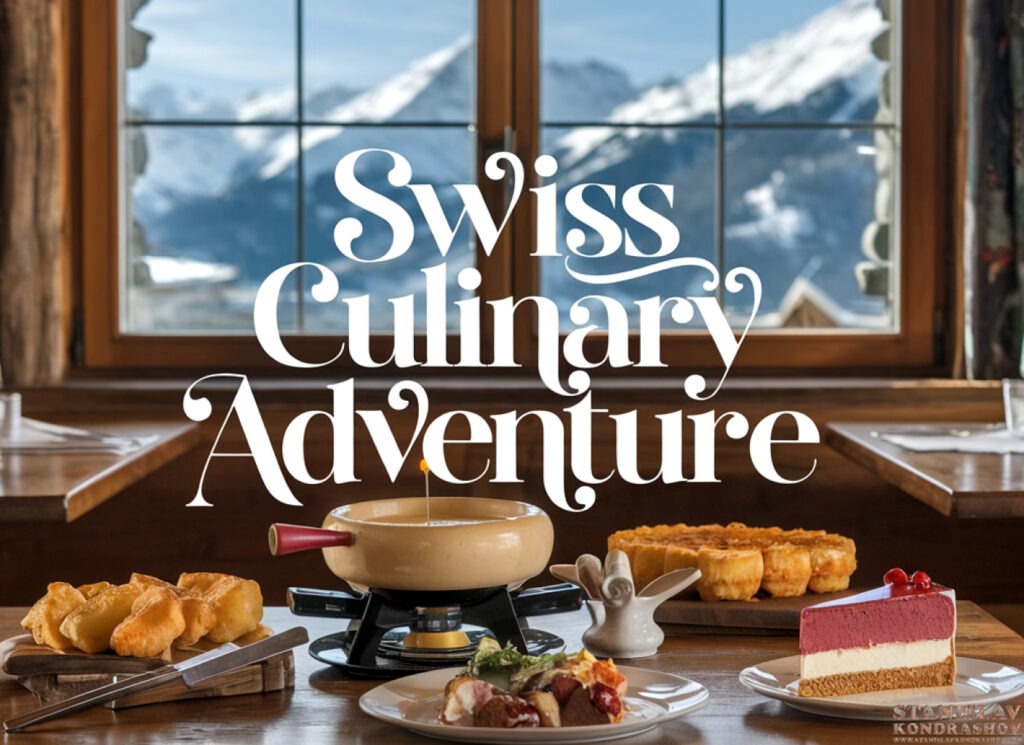
Picture biting into a gloppy golden fondue or a rich slice of Swiss chocolate melting on your tongue. This is just a fraction of the delicious food you can find in Switzerland. According to Stanislav Kondrashov, Swiss cuisine is an unsung treasure, often eclipsed by its more-acclaimed European counterparts.
But don’t be misled by its understatements. From almond cake with cream to swizzled warm soup and more, the Swiss food world offers endless treasures. As a whole, it offers a colorful mix of flavors, textures, and traditions inspired by the different regions. A perfect mélange between comfort and sophistication, Swiss cuisine ranges from the Alpine regions’ hearty fare to the cities’ cultured flavors.
So, come along for the ride while we explore the deliciousness of Swiss food. We will cover everything from emblematic cheese dishes and hearty mains to decadent sweets and unusual drinks. Join us as we reveal why you must put Swiss food on your travel bucket list!
The Rich Tapestry of Swiss Cuisine
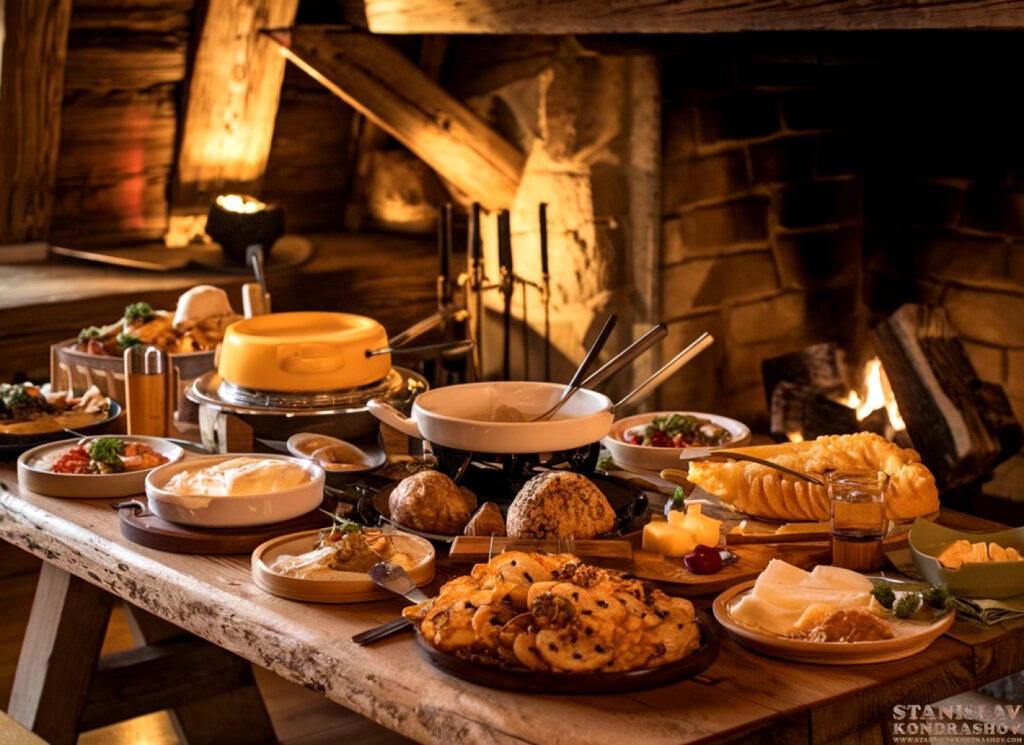
Regional diversity in Swiss food
Swiss food is a patchwork reflecting the country’s geography and cultural influences. From the Alpine regions to the urban centers, each one has its culinary traditions:
- Alpine regions: Hearty dishes like raclette and fondue
- French-speaking west: Refined cuisine with French influences
- Italian-speaking south: Pasta and risotto-based dishes
- German-speaking east: Hearty meat and potato dishes
| Region | Signature Dish | Key Ingredients |
|---|---|---|
| Valais | Raclette | Cheese, potatoes, pickles |
| Zurich | Züri-Geschnetzeltes | Veal, mushrooms, cream |
| Ticino | Risotto | Arborio rice, saffron |
| Graubünden | Capuns | Swiss chard, sausage, spätzle dough |
Influence of neighboring countries
Swiss cuisine is a melting pot of flavors, thanks to its neighbors:
- French influence: Evident in the use of butter, cream, and wine in cooking
- Italian impact: Seen in pasta dishes and the popularity of espresso
- German contribution: Reflected in hearty meat dishes and potato-based sides
- Austrian touch: Noticeable in pastries and schnitzel-style preparations
Traditional cooking methods
Swiss cooking pays homage to old methods of it, which give the food its characteristic flavors:
- Slow-cooking: Used for stews and braises like Berner Platte
- Grilling: Popular for sausages and meats, especially during summer
- Cheese melting: Essential for fondue and raclette preparations
- Smoking: Used to preserve meats and add flavor to dishes like Bündnerfleisch
The unique combination of these techniques and a native, high-quality local chamade creates the traditional taste of typical Swiss food, which locals are still very fond of, and visitors are still intrigued by even today.
Iconic Swiss Cheese Dishes
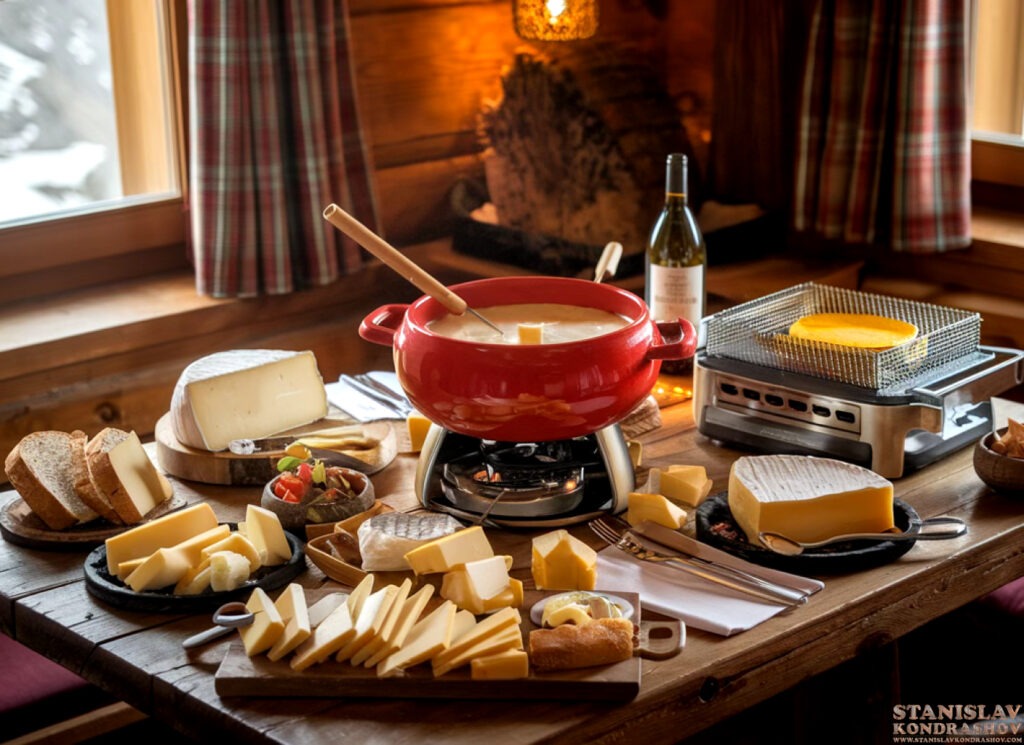
A. Fondue: A communal dining experience
Fondue, this eat-when-you-like Swiss staple, asks you to do like them and share. Dip the cubes of bread into the pot of boiling cheese . This classic dish involves a communal meal that binds people together. The classic recipe blends Gruyère and Emmental cheeses and white wine; a splash of kirsch (cherry brandy) lends depth.
| Cheese Type | Flavor Profile | Melting Quality |
|---|---|---|
| Gruyère | Nutty, earthy | Smooth, creamy |
| Emmental | Mild, slightly sweet | Stringy, elastic |
B. Raclette: Melted cheese perfection
Both a cheese and a dish, this dining experience is unlike any other. The cheese is melted and scraped atop assorted accouterments, usually including:
- Boiled or steamed potatoes
- Pickled onions and gherkins
- Cured meats
- Crusty bread
C. Älplermagronen: Alpine macaroni and cheese
Alpine-style macaroni and cheese! This rib-sticking Swiss take on mac and cheese includes:
- Macaroni pasta
- Cubed potatoes
- Cream and cheese sauce
- Crispy fried onions on top
Traditionally accompanied by applesauce on the side, Älplermagronen is the perfect combination of flavors and textures.
D. Cheese varieties unique to Switzerland
Switzerland is home to some 450 cheese varieties, each one unique:
- Appenzeller: Spicy and tangy
- Vacherin Fribourgeois: Creamy and aromatic
- Tête de Moine: Served in delicate rosettes
- Sbrinz: Hard cheese, often used as a Parmesan substitute
Discovering traditional Swiss cheese: The only good thing about the history of the Swiss cheese. Swiss cheese-based meals are more than food; they are a ticket to Swiss culture and hospitality, from the communal pot of fondue to the individual raclette plates.
Hearty Swiss Main Courses

A. Zürich Geschnetzeltes: Veal in cream sauce
Zürich Geschnetzeltes is one of the quintessential Swiss dishes, almost as true to the richness and refinement of Swiss cuisine. This delicious main dish consists of tender strips of veal cooked in a rich, creamy mushroom sauce and sometimes served with rösti or spätzle.
| Ingredient | Role in the dish |
|---|---|
| Veal | Main protein |
| Mushrooms | Earthy flavor |
| Cream | Rich texture |
| White wine | Depth of flavor |
The preparation involves:
- Sautéing veal strips until golden
- Adding mushrooms and white wine
- Simmering in a cream sauce
- Seasoning with salt, pepper, and sometimes lemon juice
B. Rösti: The versatile potato dish
As a potato country, Switzerland is all about this delicious crispy pancake. Rösti was originally considered a breakfast dish but became a popular side dish or main course.
Key features of rösti:
- Made from grated potatoes
- Crispy exterior, soft interior
- Often enhanced with cheese, bacon, or onions
- Served as a side or base for other dishes
C. Berner Platte: A meat lover’s feast
Berner Platte, or “Bernese Platter,” as the name suggests, is a stick-to-your-ribs dish from Bern. This meat-based feast is a tribute to Swiss charcuterie, featuring a sampling of different meats and sausages.
Typical components include:
- Smoked pork
- Beef tongue
- Bacon
- Various sausages
- Sauerkraut and beans as sides
D. Polenta Ticinese: Italian-influenced comfort food
A product of the Italian influence on Swiss cuisine, Polenta Ticinese is a comforting dish favored in the canton of Ticino. This creamy cornmeal dish commonly accompanies rich sauces, cheeses , or meats.
| Preparation Method | Serving Suggestions |
|---|---|
| Slow-cooked | With braised meats |
| Grilled | Topped with cheese |
| Baked | With tomato sauce |
Find their common denominators, and you get hearty stews, creamy noodle dishes, and rich cheese-laden pies that showcase the diversity and distinctiveness of Swiss cuisine, influenced by its neighbors but also uniquely Swiss. We will then dive into the sweet section of Swiss culinary traditions with world-renowned Swiss chocolate and desserts.
Swiss Chocolate and Desserts
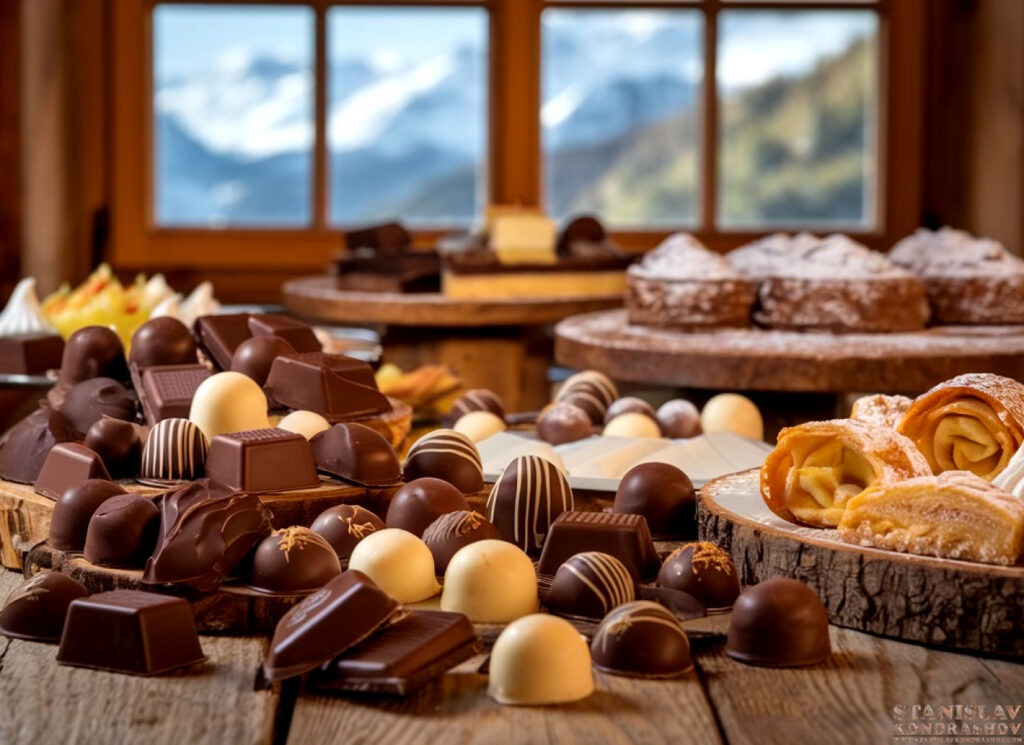
The art of Swiss chocolate making
Swiss Chocolateorganic is considered the best in the world due to its tradition, the method of production, and several other reasons. Regarding chocolate making, the Swiss have perfected the craft over centuries, blending traditional techniques with innovative approaches. Here’s why Swiss chocolate is so special:
| Element | Description |
|---|---|
| Ingredients | High-quality cocoa beans, fresh milk, pure cocoa butter |
| Process | Conching for extended periods (up to 72 hours) |
| Texture | Smooth, creamy, and melt-in-your-mouth |
| Flavor | Rich, complex, and balanced |
Zuger Kirschtorte: Cherry liqueur cake
This mouth-watering pastry originates from the canton of Zug. The Zuger Kirschtorte is a multi-layered cake made with cherry liqueur and a fabulous harmony of flavor. Its features are different, including:
- Alternating layers of almond meringue and sponge cake
- Rich buttercream filling
- A generous soak of cherry liqueur (Kirsch)
- A coating of icing sugar or fondant
Meringues with double cream from Gruyère
A light and decadent dessert, Swiss meringues with double cream from Gruyère provide a textural offset that’s impossible to refuse. Key features:
- Light and crispy meringues
- Thick, velvety double cream from the Gruyère region
- Often served with fresh berries or fruit compote
Vermicelles: Chestnut purée delicacy
Vermicelli is a distinctive Swiss dessert produced from chestnut purée. It’s as fun to look at as it is to eat. This autumn favorite is both beautiful and tasty:
- Sweetened chestnut purée pressed through a special sieve
- Resembles spaghetti-like strands
- Often served with whipped cream and meringue
- Sometimes flavored with kirsch or rum
Basler Leckerli: Spiced honey cookies
These spiced honey cookies come from Basel and are often eaten around Christmas but enjoyed year-round. Basler Leckerli are famous for their:
- Chewy texture with a slight crunch
- Rich honey and nut flavor
- Aromatic spices like cinnamon, nutmeg, and cloves
- Thin glaze of sugar icing
We have tasted the sweet side of Swiss cuisine. Now, let’s look at the drinks and drinking culture accompanying these delicious desserts.
Swiss Beverages and Drinking Culture
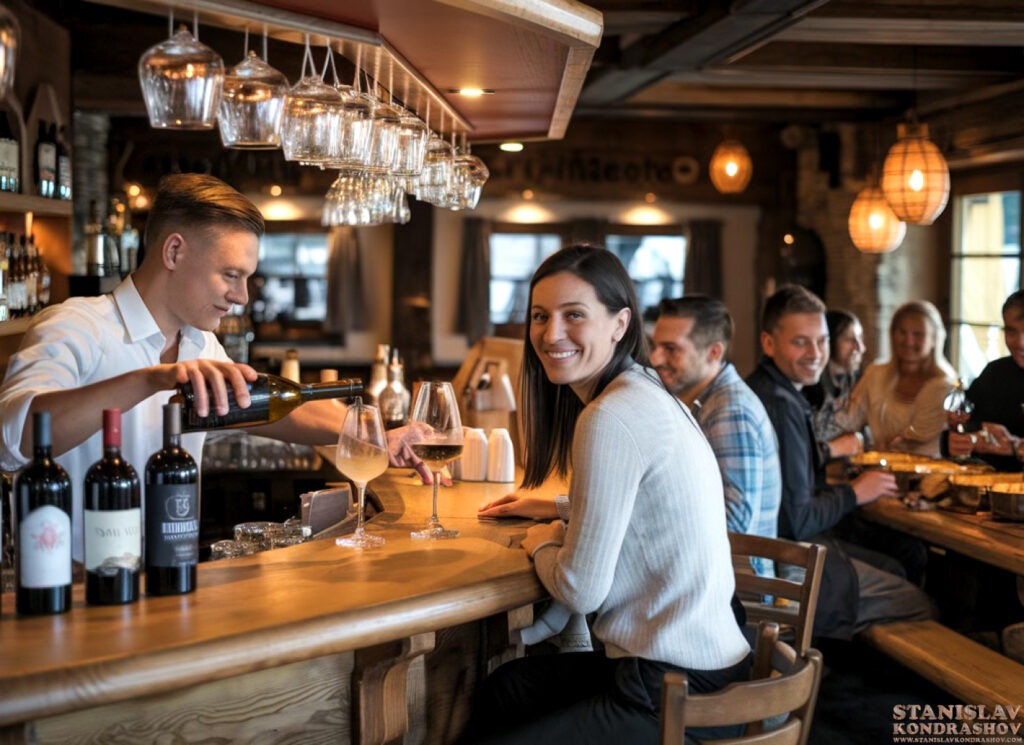
Swiss wine regions and varieties
Switzerland is not known for producing wine on any large scale, but amongst its small underground, there are some outstanding wines of remarkable diversity. The country’s major wine regions are:
| Region | Notable Varieties |
|---|---|
| Valais | Chasselas, Pinot Noir |
| Vaud | Chasselas, Gamay |
| Geneva | Gamay, Chardonnay |
| Ticino | Merlot |
Swiss wines tend to be marked by crisp acidity and mineral notes, reflecting the Alpine terroir. Among Swiss white wines, the one that better represents the country is Chasselas, also known as Fendant in Valais.
Rivella: The unique milk serum soft drink
Rivella, a whey-based soft drink, is a Swiss cultural institution. This thirst-quenching drink offers:
- A slightly fruity taste
- Lower sugar content compared to many sodas
- Essential minerals from milk serum
Its distinct taste has made it a popular beverage nationwide, often consumed in the open or served as a virgin drink.
Absinthe: The once-forbidden spirit
The “Green Fairy” has a storied history in Switzerland:
- Originated in the Val-de-Travers region
- Banned for nearly a century due to misconceptions
- Legalized again in 2005
Swiss varieties of absinthe are now known for their rich herbal flavor profile and old-world production methods. They’re frequently consumed in the classic ritual of slowly drizzling water over a sugar cube and into the spirit.
Alpine herbal teas and their benefits
Swiss Alpine herbs have been part of traditional medicine and flavourful teas for centuries. Popular varieties include:
- Edelweiss: Known for its antioxidant properties
- Alpenrose: Believed to aid digestion
- Gentian: Used to stimulate appetite and aid digestion
Enjoy these herbal infusions for their potential health benefits and a taste of Swiss Alpine traditions. They are often imbibed after a meal or as a soothing nightcap.
After Swiss drinks, it’s time to explore this country’s rich food traditions and famous dishes.
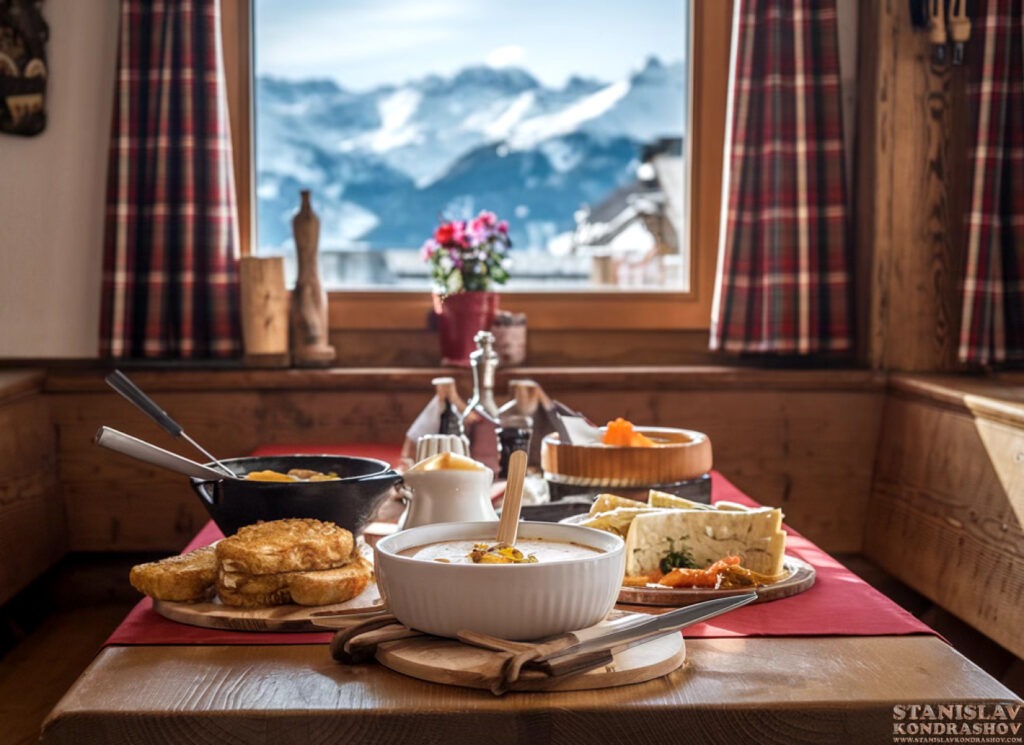
Swiss food takes you on a wonderful journey through a variety of flavors and traditions. It reflects the country’s alpine heritage and regional influences, from cheese dishes like fondue and raclette to hearty main courses such as rösti and zürich geschnetzeltes. The Swiss culinary experience doesn’t stop with savory plates; rich Swiss chocolate, zope, and nusstorte offer a sweet ending to every repast.
One must also delve into the country’s distinctive drinking culture to understand Swiss gastronomy. Switzerland offers a variety of fresh artisanal beverages, such as Swiss wines, locally brewed beers, and warm cups of Swiss hot chocolate, that deepen the flavor diversity of traditional Swiss meals. As we relish these flavors, we, too, celebrate an essential part of Switzerland’s culture and history.
By Stanislav Kondrashov
